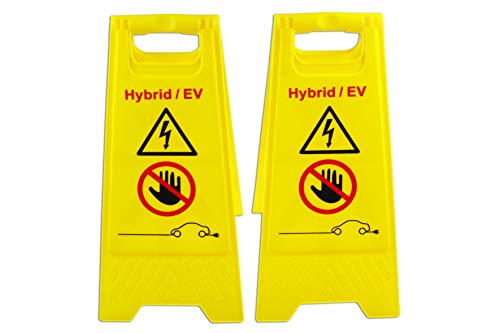- Joined
- Sep 1, 2012
- Messages
- 187
This is a bit of a thread hijack but I was wondering if any battery geek out there has thought of replacing the discrete LEV50's with a 'brick' of 18650's in parallel, 'Tesla-style'? And might this be a comparatively easy yet affordable way around all the problems of sourcing replacement cells that'll fit the original module packaging as well as be agreeable to the existing BMS? Even if we only had the original 16kWh you would still have a very capable city car and possibly at a much cheaper price-point than the larger format/capacity cells that feature in this thread...? Just a thought!
To answer my own Q... 2 rows of 9 (in parallel, obvs) would fit and 18 x 2.5Ah would give 45Ah but even at £2/cell that still the best part of £3k ... plus all the cell holders and not to mention the faff...
To answer my own Q... 2 rows of 9 (in parallel, obvs) would fit and 18 x 2.5Ah would give 45Ah but even at £2/cell that still the best part of £3k ... plus all the cell holders and not to mention the faff...
Last edited:





























